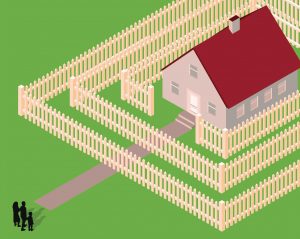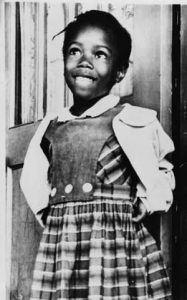After our discussion today in class and reading DR. King’s blog post about continued inequality and discrimination in the United States for black people, I was reminded of a story on the news I saw a couple of days ago. Last week two black men were arrested in a Philadelphia Starbucks just for waiting for a friend. The store manager called the police on the two black men who were waiting to meet a friend saying that they were trespassing. Soon six police officers arrived and arrested the men for “not complying and trespassing.” This was absolutely discrimination, there is no doubt in my mind that if the two men were white that the store manager would have never called the police. This act has led to protests in Philadelphia and a boycott of Starbucks. The CEO of Starbucks now plans to implement training for all employees to try and eliminate discrimination in his stores.





